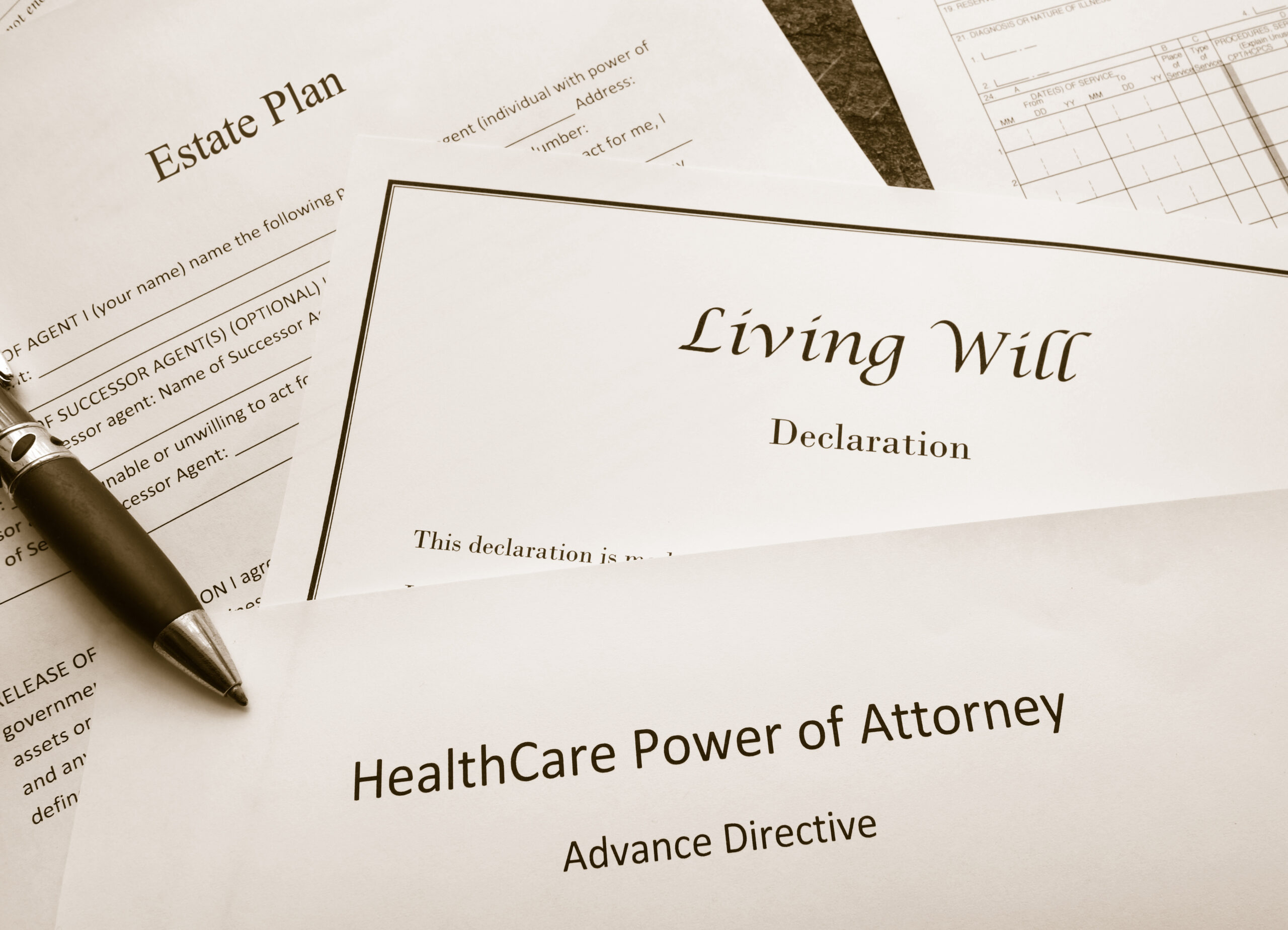 More than two months have passed since Governor Tom Wolf declared the closing of non-life-sustaining businesses. During these months of closure and stay-at-home, Governor Wolf introduced a phased reopening plan for Pennsylvania in which a three-phase approach (Red, Yellow and Green Phases) is used to determine when counties and/or regions are ready to begin opening up for business.
More than two months have passed since Governor Tom Wolf declared the closing of non-life-sustaining businesses. During these months of closure and stay-at-home, Governor Wolf introduced a phased reopening plan for Pennsylvania in which a three-phase approach (Red, Yellow and Green Phases) is used to determine when counties and/or regions are ready to begin opening up for business.
Here is a quick breakdown of the phased reopening plan:
- In counties that have been designated as in the Red Phase, businesses permitted to conduct in-person operations are
- Those listed as life sustaining according to the Governor’s and Secretary’s Non-Life Sustaining Business Closure Orders (as amended),
- Those that received an exemption from those Orders from the Department of Community and Economic Development, or
- Those permitted to conduct in-person operations pursuant to a subsequent applicable Order or amendment to those Orders from the Governor and Secretary (i.e., Construction Industry, Vehicle Dealerships and Real Estate Industry.)
- In counties that have been designated as in the Yellow Phase, all businesses, except those categories specifically excluded in the Governor’s Process to Reopen Pennsylvania and the Governor’s and Secretary of Health’s orders, are permitted to conduct in-person operations, so long as they strictly adhere to the requirements of the guidance issued by Governor Wolf’s Office, discussed in detail below.
- During this phase, businesses serving the public that inherently involve close contact with customers, and therefore cannot attain social distancing, are not permitted to conduct in-person operations until the county in which the business is location lifts these measures: (e.g., indoor recreation [including indoor malls], health and wellness facilities, personal care services [such as gyms, spas, hair salons, massage therapy providers], and all entertainment [such as casinos, theaters, etc.]).
- In counties that have been designated as in the Green Phase, all businesses (including those restricted or prohibited in the Yellow Phase) are authorized to conduct in-person operations as long as the businesses follow CDC and Department of Health guidelines; the Orders of the Governor and the Secretary of Health providing for the Continued Reopening of the Commonwealth, (issued May 27, 2020); and other future or amended orders or guidance based on monitoring of public health indicators.
- Personal care services, including hair salons and barbershops, operating in Green Phase counties may operate with no more than 50% of maximum capacity and must operate by appointment only. Appointments or reservations are strongly encouraged for all indoor recreation and health and wellness facilities such as gyms or spas, and all other businesses where feasible.
In addition to Orders issued by the Pennsylvania Department of Health regarding building safety measures for businesses permitted to have physical locations open under the Red Phase– see our previous blog – Governor Wolf’s Office released new Guidance for all businesses opening up pursuant to the phased reopening plan. All businesses in all industries and sectors of the economy (including non-profit entities) in the Commonwealth, which are permitted to conduct in-person operations, are subject to this guidance unless they are otherwise more stringently regulated under separate industry-specific guidance (e.g., the healthcare industry).
The Guidance sets forth certain requirements for all businesses resuming in-person operations in any Phase as well as specific separate requirements for businesses serving the public from physical locations.
All businesses conducting in-person operations as permitted in each respective Phase must do the following
- Clean and disinfect high-touch areas frequently and continue to regularly clean all other areas of the building(s);
- Establish and implement a plan in case the business is exposed to a probable or confirmed case of COVID-19, that includes:
- Securing and decontaminating the affected areas by:
- Closing off areas visited by the person who is a probable or confirmed case of COVID19;
- Opening outside doors and windows and using ventilation fans to circulate air in the area;
- Waiting at least 24 hours, or as long as practical, before cleaning and disinfecting the affected area;
- Cleaning and disinfecting all shared areas such as offices, bathrooms, break rooms, shared electronic equipment (tablets, touch screens, keyboards, remote controls) and ATM machines used by the sick person;
- Identifying employees who were in close contact (within about 6 feet for 10 minutes or more) with a person with a probable or confirmed case of COVID-19 from the period 48 hours before symptom onset to the time at which the patient isolated.
- If any employee who was in close contact remain asymptomatic, the employees should adhere to the practices set out by the CDC in its April 8, 2020 Interim Guidance for Implementing Safety Practice for Critical Infrastructure Workers Who May Have Had Exposure to a Person with Suspected or Confirmed COVID-19;
- If the affected employee becomes sick during the workday, the person should be sent home immediately. Surfaces in the employee’s workspace should be cleaned and disinfected. Information on other employees who had contact with the ill employee during the time the employee had symptoms and 48 hours prior to symptoms should be compiled. Others at the workplace with close contact within 6 feet of the employee during this time are considered exposed;
- Promptly notify employees who were close contacts of any known exposure to COVID19 at the business premises, consistent with applicable confidentiality laws.
- Taking each employee’s temperature before they enter the business and sending home those who have a temperature of 100.4 degrees Fahrenheit, or higher. Ensure employees practice social distancing while waiting to have temperatures screened;
- Informing employees that if they have symptoms (i.e., fever, cough, or shortness of breath), they should notify their supervisor and stay home;
- Advising sick employees to follow CDC-recommended steps, including not returning to work until the CDC criteria to discontinue home isolation are met, in consultation with health care providers and state and local health departments;
- Employers are encouraged to implement liberal paid time off for employees who do not return to work for the reasons set forth above.
- Securing and decontaminating the affected areas by:
- Prevent large groups from entering or leaving the building by staggering work start and stop times;
- Limit the number of people in employee common areas, like locker rooms or break rooms, and ensure these areas are cleaned frequently;
- Conduct meetings and trainings virtually. If a meeting needs to be held in person, limit the number of employees to 10 in the Red Phase, 25 in the Yellow phase, and 250 in the Green Phase, while maintaining a social distance of six feet;
- Make sure employees have access to soap and water to wash their hands, hand sanitizer and disinfectant wipes;
- Provide non-medical masks for employees to wear at all times and make it mandatory to wear masks while on the work site. Employers may approve masks obtained or made by employees according to Department of Health policies;
- Make sure the facility has enough employees as applicable to follow these protocols and conduct business effectively and safely;
- Discourage non-essential visitors from entering the business premises;
- Communicate these procedures to all employees to ensure that everyone knows how to be safe.
Any business serving the public inside a building or other defined area must take the following additional precautions:
- Conduct business with the public by appointment only, whenever possible;
- If appointment-only service is not feasible, limit the number of people inside the building or defined area to:
- Red and Yellow Phase: No more than 50% of the total maximum occupancy for businesses permitted to operate during the Yellow Phase;
- Green Phase:
- No more than 50% of the total maximum occupancy for businesses that were not permitted to conduct in-person operations in the Red or Yellow Phases; and
- No more than 75% for businesses that were permitted to conduct in-person operations in the Red and Yellow Phases.
- Please note, businesses must still enforce social distancing requirements, which may limit occupancy below the 50% or 75% maximum capacity as applicable;
- Modify the hours of business so that there is enough time to clean and restock;
- Install shields or other barriers at registers and check-out areas to physically separate cashiers and customers, or take other measures to maintain social distancing between customers and employees;
- Encourage customers to use online ordering by providing delivery or pick-up options;
- Designate a specific time for people at high risk, including those over the age of 65 to use the business at least once a week;
- Require all customers to wear masks while on the premises. Businesses that provide medication, medical supplies or groceries must provide an alternate, no contact, means of delivering goods for customers who cannot wear a mask.
- However, individuals who cannot wear a mask due to a medical condition (including children under the age of 2 years per CDC guidance) may enter the premises and are not required to provide documentation of such medical condition
- In retail businesses with multiple check-out lanes, limit use to every other register. After every hour, rotate customers and employees to the previously closed registers and clean the previously open registers and the surrounding areas;
- Schedule handwashing breaks for employees at least every hour; and
- Assign an employee to wipe down carts and handbaskets before the customer uses it.
Pennsylvania’s response to the COVID-19 pandemic clearly has brought with it an ever-evolving and complex set of rules and guidelines for businesses to minimize the risk of spread and contamination. Our attorneys are here to help you navigate through the above Guidance and ensure that you can get back to business while ensuring the safety of your employees and customers. Please contact us using the form below, or give us a call at 610-797-9000. We wish you well during these extraordinary times.









